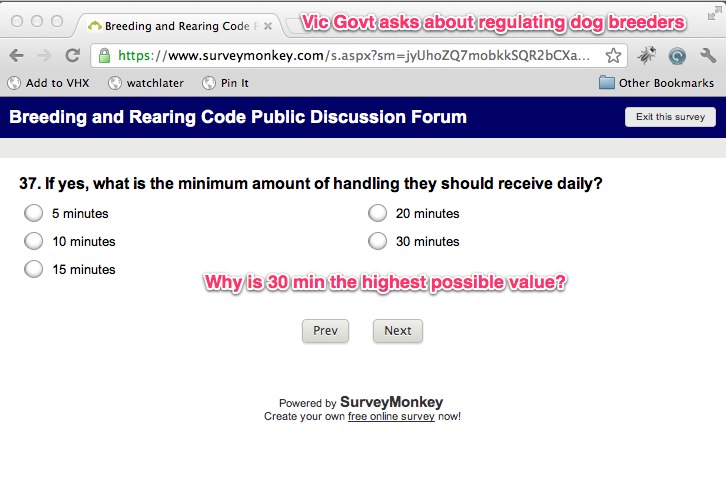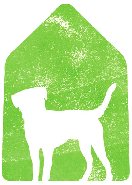Where Did the Time Go?
Early 2009 was when I first learned that the majority of killing in Australian pounds and shelters was unnecessary. It started with a book which set me off on a quest to learn more and work out how we can change things. I needed to find out why some of those we trust to care for our companion animals are killing so many of them.
The Importance of Being Independent
Along the way I’ve met many wonderful people who have helped in various ways. Many of them feel that any public criticism could put their jobs in jeopardy. I realised early on that in order to get their messages out I could not draw an income from the ‘animal welfare industry’. So I continued my IT consulting and resolved to spend 1 day a week working on Good For Dogs. It ended up being more like 3 days a week!
Love Doesn’t Pay The Rent
Unpaid advocacy work has a number of drawbacks:
- It eats into your rest and recreation time
- As a consultant/freelancer it can reduce your billable hours
- Urgent matters (media, meetings) can interrupt paid work
- It can compete with ‘having a life’
Mind if I Take A Break?
For the past couple of years I’ve allocated a large percentage of my time to helping our community improve outcomes for animals in pounds and shelters. We’ve had some great wins. I feel it’s time for me to take a break, take stock and clear my head for a while. Good for Dogs will be on hold till I get back.









